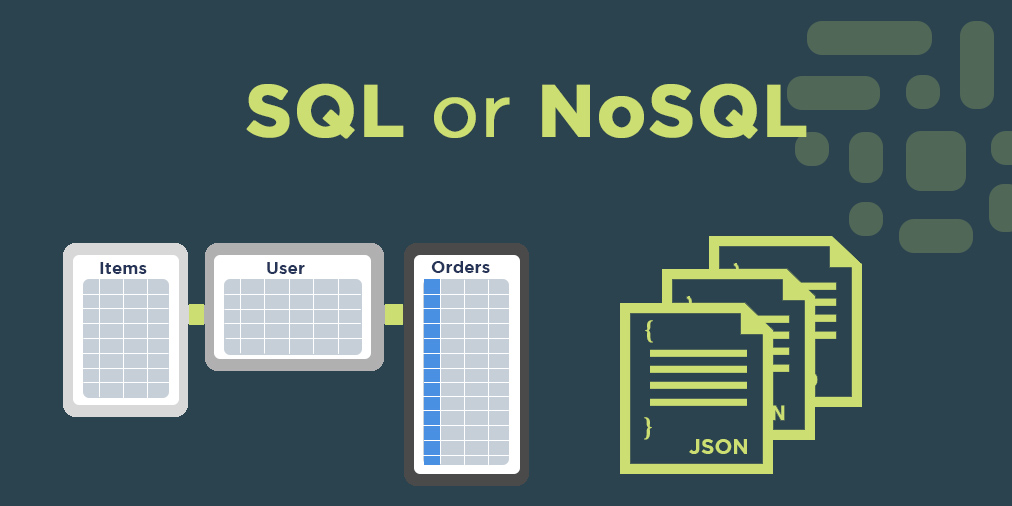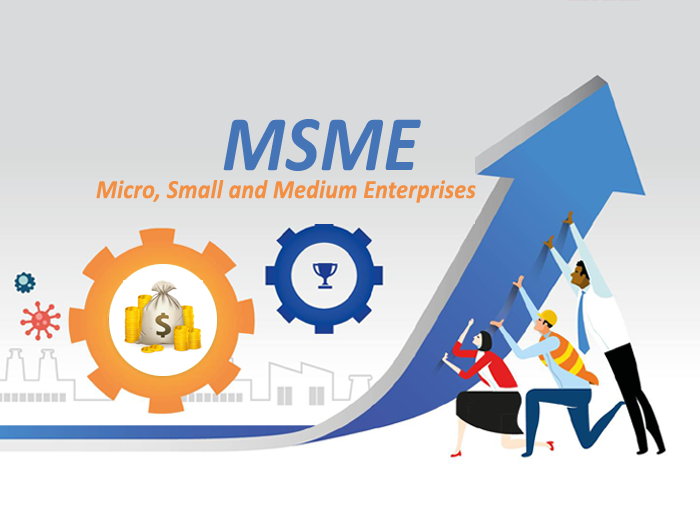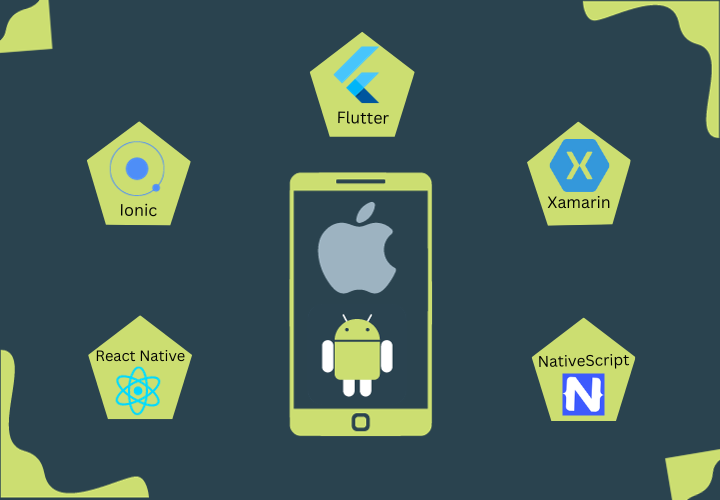
To choose between SQL vs. NoSQL, you’ll need to think about what your data looks like, how you’ll query it, and your scalability needs.Confused? Let’s find out what you need to know to make this important decision.
Let us start with a SQL database. SQL databases are known as Relational Database Management System(RDBMS). They have a predefined schema in terms of tables and relationships. SQL databases represent data in the form of tables which consists of rows of data. SQL (Structured Query Language) is the standard programming language used to communicate and manipulate a relational database. Some examples are MySql, Oracle, Sqlite, Postgres, MS-SQL, etc.
On the contraryNoSQL databases are also called non-relational or distributed databases. They are a collection of key-value pairs, documents, graph databases or wide-column stores which do not have a standard or predefined schema. Some examples are MongoDB, BigTable, Redis, RavenDb, Cassandra, Hbase, Neo4j, CouchDb, etc.
Why are NoSQL databases coming in the picture? Nowadays, we are dealing with huge amounts of data; data being organized and well-structured actually sometimes creates a problem, especially at extremely large volumes. The structured approach of RDBMS database like SQL slows down performance as data volume or size gets bigger and it is also not horizontally scalable to meet the needs of Big Data. That’s where NoSQL databases come to the rescue. But there are pros and cons of having a database with predefined schema and a database with no schema at all.
The following table of comparison will help you decide whether to go for SQL or NoSQL.
|
SQL |
NoSQL |
| Tables with rows and predefined relations and schema | Documents, Key-Value pairs, graph databases or wide-column stores with no schema |
| Vertically scalable | Horizontally Scalable |
| SQL (Structured Query Language) is used for defining and manipulating data |
Queries are focused on collection of documents. The
syntax of these queries varies from database to database. |
| Best fit for complex queries | Don’t have standard interfaces to perform complex
queries, and the queries are not as powerful as SQL queries |
| Not considered good for hierarchical data storage | Fits better for the hierarchical data storage because of the key-value pair way of storing data |
| Best fit for heavy duty transactional type applications, as it is more stable and promises the atomicity as well as integrity of the data | Comparatively not that stable in high load and for
complex transactional applications |
| Excellent support available | User still have to rely on community support, and only limited outside experts are available |
| SQL databases emphasizes on ACID properties (Atomicity, Consistency, Isolation and Durability) |
NoSQL database follow the Brewers CAP theorem
(Consistency, Availability and Partition tolerance) |
Here are some guidelines to help you decide
a. Based on type of data you have
i.If your data is primarily structured – go for SQL
ii. If your system is transaction-oriented like customer relationship management tools, accounting software, enterprise cms platforms etc. – go for SQL
iii. If you need ACID compliance – go for SQL
iv. If your data requirements aren’t clear or if your data is unstructured – go for NoSQL
v. If your system is more content oriented like article content, social media posts, sensor data etc. – go for NoSQL
vi. If you need CAP compliance – go for NoSQL
b. Based on ability to query
i. If you need fast, efficient queries – go for SQL
ii. If you are ready to perform extra processing on the data while querying as a data-scientist does – go for NoSQL
c. Based on scaling
i. If vertical scalability is not at higher priority and you are ready to increase the capacity of a single server (increasing CPU, RAM, or SSD) to scale your database – go for SQL
ii. If horizontal scalability at higher priority – go for NoSQL
SQL
and NoSQL have been great inventions in keeping data storage and retrieval
optimized and smooth. It is very hard to criticize one and completely go with
the other option. Both are best in what they do and it is up to you to put them
to better use depending on the business situations and needs. You’ll need to
think about what your data looks like, how you’ll query your data, and the
scalability you’ll need in the future. The aspects above are guidelines and not
hard and fast rules. These are written to help you decide. If you still have
questions, feel free to contact us via comments.
At PECS, we have been working with SQL for over 20 years and have in recent years worked on NoSQL projects. We are always keen to understand customer requirements and challenges and provide our guidance and advise on the architectural foot forward.
Related Posts

Ways For MSMEs To Manage Their Finances & Grow Amidst Pandemic
The clampdown on economic activities imposed due to coronavirus has choked vast numbers of businesses, especially MSMEs, i.e. the Micro,…

Automating Experience with Quickbook EDI
Solving queries via manuals is a thing of the past because now there are more reliable, affordable and flexible EDI…

Exploring the Best Cross-Platform Mobile Application Development Frameworks
Do you know, in today's fast-paced digital world, mobile applications are an essential part of our daily existence? Mobile applications…
